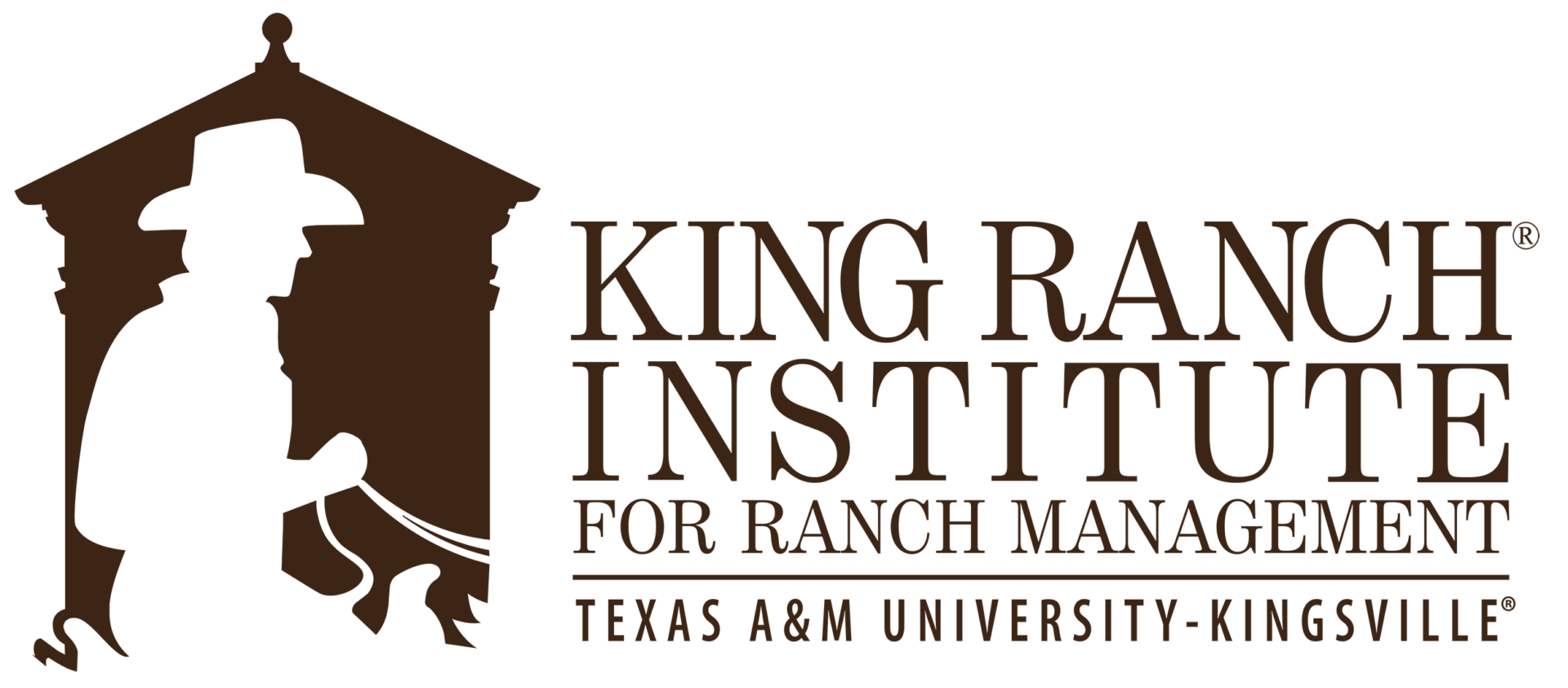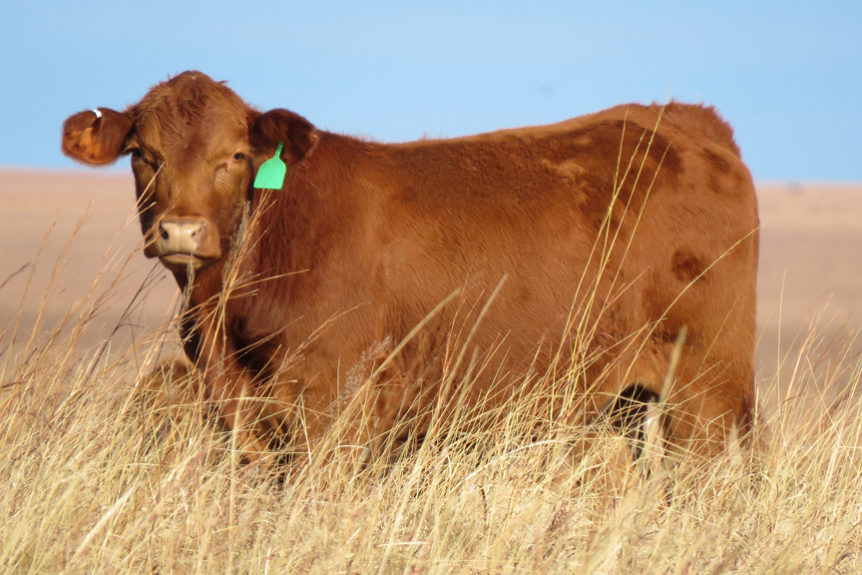Read more about the tools and opportunities in rangeland management set to advance the economic sustainability of ranch businesses.
View and download the Spring 2021 Newsletter here
By Rick Machen, Ph.D., KRIRM Paul C. Genho Endowed Chair in Ranch Management
Thirty percent of the continental United States land surface is rangelands. These 770 million acres are sparsely populated by rural communities whose economic viability is often closely related to activities on the surrounding rangelands. In addition, rangelands make essential ecosystem contributions such as clean water and air, fish and wildlife habitat, recreational opportunities, and aesthetic value, which benefit urban and rural residents alike. Surely, the health and sustainability of our rangeland systems are of interest to all.
The upcycling of rangeland forages into food and fiber by domestic and wild herbivores is a significant economic contributor. These ‘provisioning’ services are also linked to environmental services, as rangelands and resident herbivores play an integral role in carbon cycling and sequestration, two elements of rapidly rising societal interest. These systems are linked through the time-proven principles of grazing management: stocking rate, timing, distribution and kind/class of grazer involved.
Stocking Rate: The Most Important Decision
Stocking rate is the most important decision affecting sustainability of a range livestock (and wildlife) enterprise. The climates that govern rangeland systems are ever-changing and consequently, a sustainable stocking rate varies in parallel. The stewardship-minded manager employs a conservative stocking rate, monitors range and animal conditions, and makes strategic adjustments with the best interest of both range and animals in mind.
Stocking rate is linked to economic viability, a key pillar of sustainability. Fixed or indirect costs typically account for two-thirds of annual livestock production cost. A sustainable stocking strategy that parallels long-term carrying capacity dilutes fixed costs over as many production units as possible. Consequently, over the life of the operation, fixed cost per animal unit and unit cost of production are reduced.
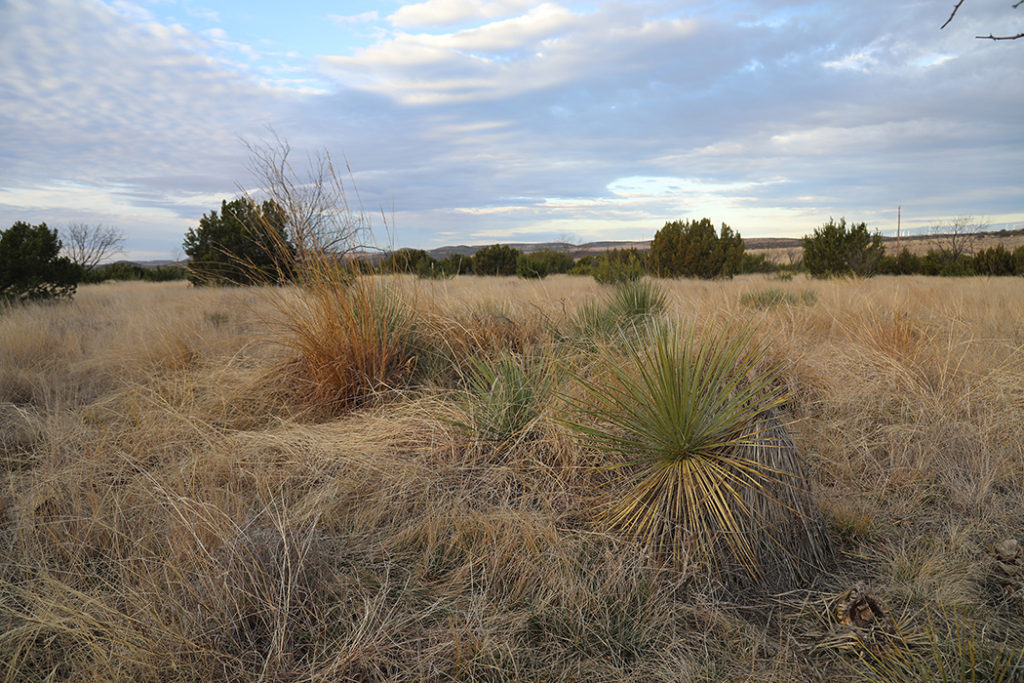
Timing and Kind of Grazers Key to Success
Timing of forage harvest by herbivores effects plant vigor and survival. Plant survival requires adequate photosynthesis and growth to facilitate nutrient storage in live growing roots and reproduction. Hence, the often stated goal of grazing management is to control the frequency and severity of defoliation. Distribution of herbivores across the landscape obviously influences plant selection and severity of defoliation.
Unfortunately, some of the more palatable and preferred plants are also less tolerant of grazing pressure. For example, consider the legendary Four Horsemen of the Tall Grass prairie (Little Bluestem, Big Bluestem, Indiangrass, Switchgrass) that form the core of the prairiegrass ecosystem that once covered most of the Great Plains of North America. These bunchgrasses thrived under a combination of high intensity, low frequency grazing (by bison et al.) and relatively frequent wildfire across the landscape. Yet as the plains were settled, fences built, and wildfires controlled, these climax grass species began to disappear on many rangelands. These Big Four bunchgrasses afford a vivid illustration of the importance of managing the timing and distribution of grazing.
Herbivores come in a variety of sizes and with an array of forage preferences, from bison to field mice and from grazers to browsers. Given the diversity of plant communities on many rangelands, it is logical that, where warranted, involving multiple species in a grazing plan will continue to improve the efficiency of resource use and revenue generation.
Production costs are escalating at a rate faster than commodity prices. For range livestock enterprises to remain viable, their commodity production efficiency must improve, thereby lowering unit cost of production. The key to improving the efficiency of converting resources to products is enhanced grazing management. Efficient resource utilization requires an accurate inventory (forage quantity/production potential), and understanding of production potential (forage quality), and capability to monitor resource use (grazing). On extensive rangelands, these measures are elusive. Grazing management has long been described as both an art and science. Mastering the art and science of managing rangelands is an ongoing, never-maturing process for which time in the saddle is invaluable, and serves as a key process for gaining capacity in inventory assessment and monitoring.
Historically, rangeland forage production estimates for specific range sites or soil types were obtained by tedious and time-consuming forage sampling, consulting Range Technical Guides or more recently, the Web Soil Survey, both developed and managed by the USDA Natural Resource Conservation Service (NRCS). Neither the guides nor the survey offer forage production estimates in real time, nor could they account for variable climatic conditions or recent landscape changes.
Technology Continues to Impact Management Practices
Technology is changing grazing management and shaping the future. It is rapidly enhancing our ability to recognize, measure, and monitor significant natural resource events across large landscapes. For example, consider the Rangeland Analysis Platform (RAP) developed by the NRCS and University of Montana. This free, innovative online platform visualizes and analyzes vegetation data for the western US. Trends can be examined at the pasture, ranch, or region level. Datasets include continuous vegetation cover, annual aboveground biomass, and 16-day above ground biomass (capturing forage changes on a bi-weekly basis). Pastures from Space is a similar platform being developed by CSIRO Australia to provide near real time information on forage conditions.
For those platforms using satellite imagery, NASA’s launch of Landsat 9 (projected for Fall 2021) will put in service the only United States satellite system designed and operated to repeatedly observe the global land surface at a moderate scale to capture both natural and induced changes. Images will capture a 115-mile swath of the earth’s surface in 30-meter square (think baseball diamond) pixels. Images will be captured in visible, near and shortwave (reflected) infrared, and thermal infrared wavelengths. The satellite will orbit the earth 14 times per day (a trip around the earth every 99 minutes). Images of the entire earth will be available every 16 days, affording much closer-to-real time information than ever before.
Other integral pieces of the management puzzle include knowledge of forage disappearance and livestock grazing behavior, both of which have been difficult to accurately monitor on rangelands. Scientists in Australia’s CSIRO have developed and are perfecting technology they call eGrazor. A collar-mounted sensor monitors cattle behavior, location and interactions. A set of algorithms uses the sensor data to predict forage intake by individual animals. This sensor may soon (available spring 2021) be replaced by the first direct-to-satellite monitoring, light weight, animal welfare-considered smart ear tag.
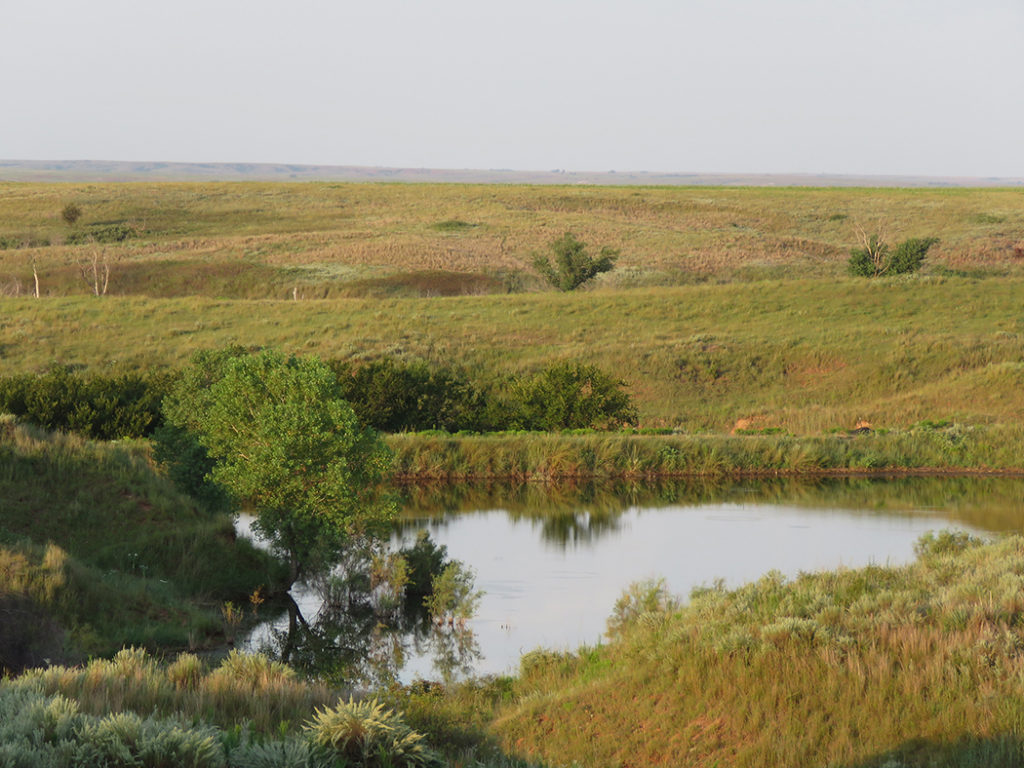
Since the settling of the West, domestic herbivore grazing distribution has primarily been managed with fencing. Construction of permanent fencing is expensive and results in long-term fixed pasture sizes. Energized fencing is less expensive and certainly affords flexibility in pasture size, shape, and alteration. Still, managing temporary fencing involves labor and may have topographic challenges.
Virtual fencing technology was first used to manage domestic dogs in the early 1970’s and was demonstrated effective for containing livestock in the late 1980’s. Companies like Nofence, Vence, Halter, and Agersens are developing technology that uses GPS coordinates to define the perimeter of a grazing area and GPS signals that indicate animal position relative to the boundary. Audible, visual, and/or stimulatory cues alert the animal as they approach the invisible boundary. The technology is not plug-and-play; animals must be trained to respond to the different stimuli.
Animals learn at different rates and some may not be suited for management by virtual fencing. While fencing may not be considered ‘high tech’, these advances will change a manager’s capacity to control timing and distribution more carefully.
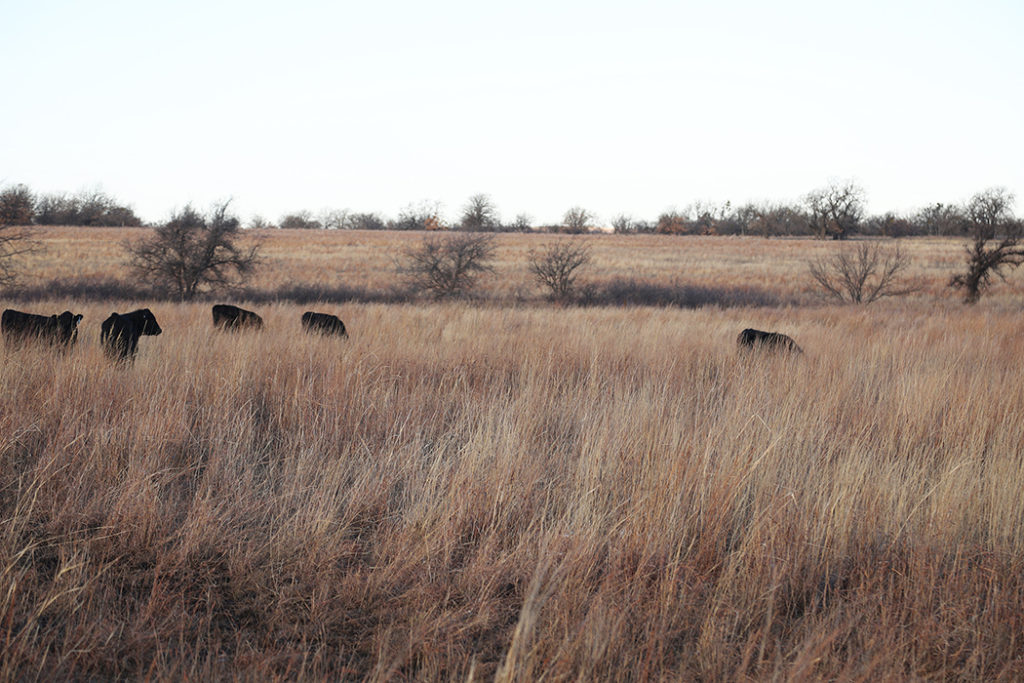
Like managers in other segments of agriculture, the average age of rangeland resource management professionals is increasing. While there is no substitute for experience, it is plausible that technology may shorten the experience-acquiring process. Those who adopt technology (remote sensing, spatial analysis, artificial intelligence, and modeling) will be able to combine historical and real-time information to replicate and learn from circumstances they may have never personally experienced. Some amount of ground-truthing will always be essential for validation of technological outputs. Satellites and computers will not replace professional managers, but they are and will continue to enhance their management capabilities.
The Future is Here
The ability to remotely monitor animal behavior, predict forage intake, and rotate stock to fresh grazing is here. Rangeland stewards and stockmen have reason to be excited about additional tools and opportunities on the horizon that will afford strengthening the environmental sustainability of the rangeland resource, improving the efficiency of upcycling forages to high quality food and fiber, reduce unit cost of production and thereby advance the economic sustainability of ranch businesses.
View and download the Spring 2021 Newsletter here.
